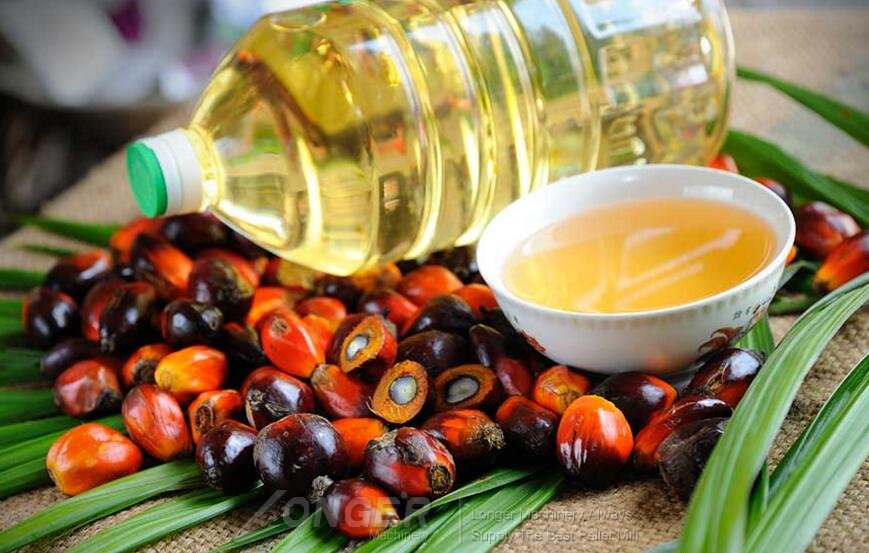Is There Such A Thing as Palm Oil?
2015-12-25
Palm oil is a common ingredient of margarines, biscuits, breads, breakfast cereals, instant noodles, shampoos, lipsticks, candles, detergents, chocolates and ice creams.
The list of products that rely on the unique properties of palm oil is long, with one estimate suggesting that about a half of all packaged items found in supermarkets contain it.
In fact, palm oil is now the most widely used vegetable oil on the planet, accounting for 65 per cent of all vegetable oil traded internationally.
Palm oil is semi-solid at room temperature, whose consistency and melting point largely depends on the content of free fatty acids. Often palm oil of low acid value is called soft oil, high acid oil on the market is called the hard oil.
1. More saturated fatty acids. It has good stability,and is not prone to oxidative deterioration. It has high smoke point,so it is appropriate to be used in fried food.
2. The palm oil can be fractionated to make the solid fat separated from the liquid fat. Wherein the solid fat can be used instead of expensive cocoa butter for margarine and shortening;and liquid used as a salad oil or cooking oil, whose taste is light and refreshing. A large number of non-fractionated palm oil is used in soap industry. Soap made of palm oil can play durable foam and has strong decontamination ability.
3. Palm oil is rich in vitamin A (500-700ppm) and vitamin E (500-800ppm). In order to further improve the nutritional value of palm oil, research work to improve its unsaturated fatty acid content has been actively carried out in foreign countries and has achieved certain results in this regard.
3. Palm oil is rich in vitamin A (500-700ppm) and vitamin E (500-800ppm). In order to further improve the nutritional value of palm oil, research work to improve its unsaturated fatty acid content has been actively carried out in foreign countries and has achieved certain results in this regard.
Fresh palm kernel oil is milky white or slightly yellow, which has consistency like that of solid, and a pleasing fragrance like that of walnut. Palm kernel oil is easily oxidized during storage, which can make the smell become pungent.
The benefits of palm oil
The benefits of palm oil
Palm oil is an edible vegetable oil, high in saturated fats, derived from the fruit of the oil palm tree. It is grown commercially in several tropical countries but mainly in Indonesia and Malaysia, which account for 85% of global palm oil production.
The palm fruit yields two distinct oils – palm oil and palm kernel oil. Palm oil is extracted from the pulp of the fruit, is edible and used primarily in food products. Palm kernel oil is extracted from the seed of the fruit and is used mainly in the manufacture of soaps and cosmetics, while palm kernel expeller (PKE) is used as a feed for livestock and as biofuel for generating electricity.
Oil palm is highly productive, capable of yielding more oil from less land than any other vegetable oil, with relatively modest inputs. As a result, palm oil production has become an important source of income and a major part of the economy in the regions where it is grown, providing livelihoods for local communities and helping to lift people out of poverty.

 wendy@machinehall.com
wendy@machinehall.com 0086-18539931566
0086-18539931566
